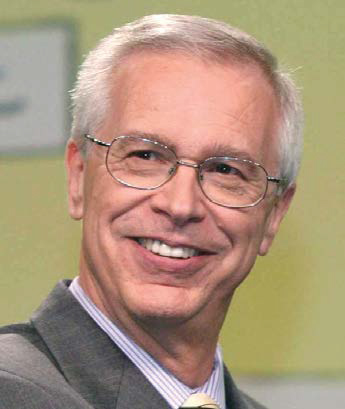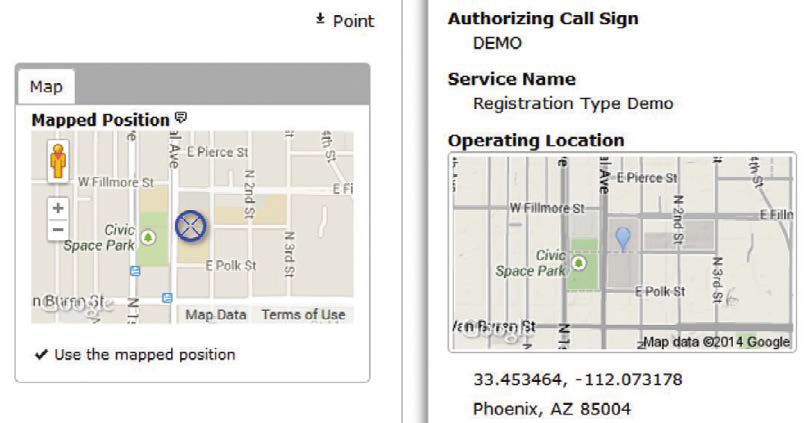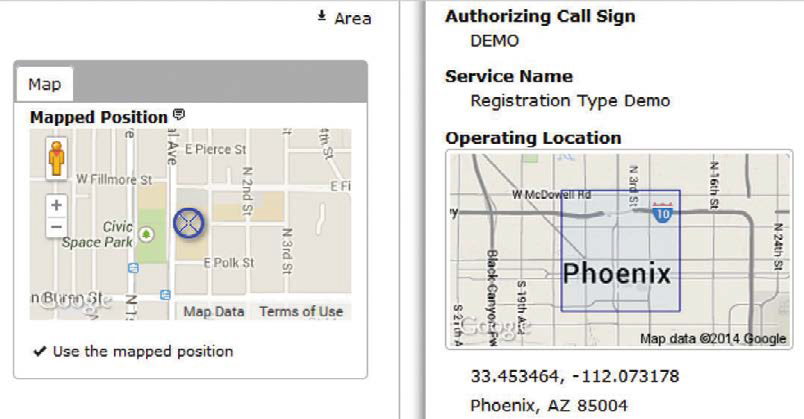Crowding Out Broadcasters?

Joe Snelson
SEATTLE—A Federal Communications Commission request for comment on a proposal to reserve one vacant UHF TV channel in each geographic area of the U.S. for use by unlicensed white space devices and wireless mics has unleashed criticism from an array of television industry organizations.
Joe Snelson, president of the Society of Broadcast Engineers noted that just a few years ago, the commission had issued plans to assign two dedicated channels—in most markets on each side of UHF channel 37—for wireless microphone use. “The ground rules have changed several times from the original two channels,” he said, “and it seems like it keeps moving.”
(As this story went to press for the July issue of TV Technology, SBE had not yet provided formal comments to the NPRM. However, the FCC did suspend the comment period deadline, originally set for Aug. 3.)
In its response to the NPRM (15-146), the Radio Television Digital News Association said that, in television markets where a broadcast station is located on that previously dedicated wireless microphone spectrum, “news operations in that market would be left without assurances that they could cover breaking news to the extent possible in other local markets.
“This approach would run counter to the commission’s [previous] finding that some exclusive 600 MHz spectrum is necessary for licensed wireless microphone operations,” the association continued. “Having already slashed its allocation for wireless microphones by two-thirds down to 4 MHz, the commission cannot feasibly reduce it any further.”
The proposed sharing of spectrum with WSDs has been a particular sticking point in the commission’s proposal. “White space” refers to channels in the television band that are not licensed to broadcasters in a particular television market, but are licensed to broadcasters in other markets. A WSD would determine whether it could operate without interfering with a broadcaster in any particular market by accessing a database detailing which channels are open to WSD use.
Get the TV Tech Newsletter
The professional video industry's #1 source for news, trends and product and tech information. Sign up below.
A broad coalition of industry associations representing broadcasters and advocates for users of unlicensed wireless WSDs has asked the FCC to reconsider its proposal to prevent the relocation of TV stations to areas of the broadcast spectrum used by such unlicensed devices and wireless microphones. The National Association of Broadcasters is among that group, and has also filed its own comments to the NPRM.
“We’re not against the concept of white spaces,” said Dennis Wharton, executive vice president for communications for NAB. But he pointed to flaws in the WSD database that render it ineffective.
There are fewer than a thousand WSDs that have been sold and are in use at this point. Purchasers of WSDs are not required to obtain licenses to operate them, but must register them with information such as name and address, email address and device location information.
Any review of these submissions quickly turns up intentionally errant submissions. One registrant gave the latitude and longitude a WSD of a spot in the Atlantic Ocean, about 500 miles off the shore of Cameroon. Because there are no TV band licensed broadcasters at that location, the WSD would determine it could operate on any channel, likely causing interference with licensed users. Bogus WSD user information such as John Q. Public, a frequently used 123 Jump Street address and phony email addresses would hinder the ability to contact the owner of an interfering WSD.
“Having geo-location attached to those devices seems to make sense to us,” said Wharton, who also suggested using some system of query and response via email during the WSD registration process.
MULTIPLE DATABASES
Fig. 1: Example of KAET studios wireless microphone protection filing as translated to a point-radius (circle) pattern. On the right is a much smaller resultant protected area. (Demonstration)
The WSD database is actually a group of databases, supplied by multiple vendors, which are required to be synced every 24 hours, at a minimum. Referring to this multiple databased system, Karl Voss, chief engineer at Phoenix public station KAET-TV, said “the biggest thing is they never decided to have one vendor do the database.”

He detailed differences in the way the databases are put together, noting an example that one vendor does not allow describing a licensed user’s WSB protection area as a polygon, even though the FCC’s rules require that polygons be allowed (Figs. 1 and 2). When he entered the information as a polygon, after syncing, “in one database it showed up as a circle.” The circle description would have afforded much less actual protected area when seen by a WSD.
Voss, who is also a frequency coordinator for the National Football League, described another problem with the multiple databases and their need to sync every 24 hours. In the worst case, information entered into database A could take 24 hours to reach database B, and since WSDs are only required to query a database every 24 hours, the combination of the two delays could mean a database entry could take 48 hours to reach a particular WSD.
Fig. 2: Example of KAET studios wireless mic protection filing submitted as a polygon. On the right is the resultant protected area. (Demonstration)
He said in practical terms, in the week before an NFL game “I have been blocking out every frequency known to man at any event that I’m doing, just so the white-space devices are absolutely shut down.”

Such a broad brush approach is necessitated by the last-minute nature of frequency coordination at such events.
“I don’t have any idea until the last moment what wireless microphone or IFB frequency is going to be used by the host broadcaster,” he said. “We may coordinate things a week in advance and then I find out that the vendor shipped different equipment, and then we have to throw away our coordination plan and start all over again with different frequency blocks.”
With all this doom and gloom, it should be noted that white space technology offers “if you can’t beat them, join them” opportunities. “We have been looking at providing WSD equipment that will work in those channels,” said John Payne, chief technology officer at microwave equipment manufacturer IMT. “From the ENG vendor side, for applications like wireless cameras, it gives us opportunities to provide solutions to broadcasters.”
